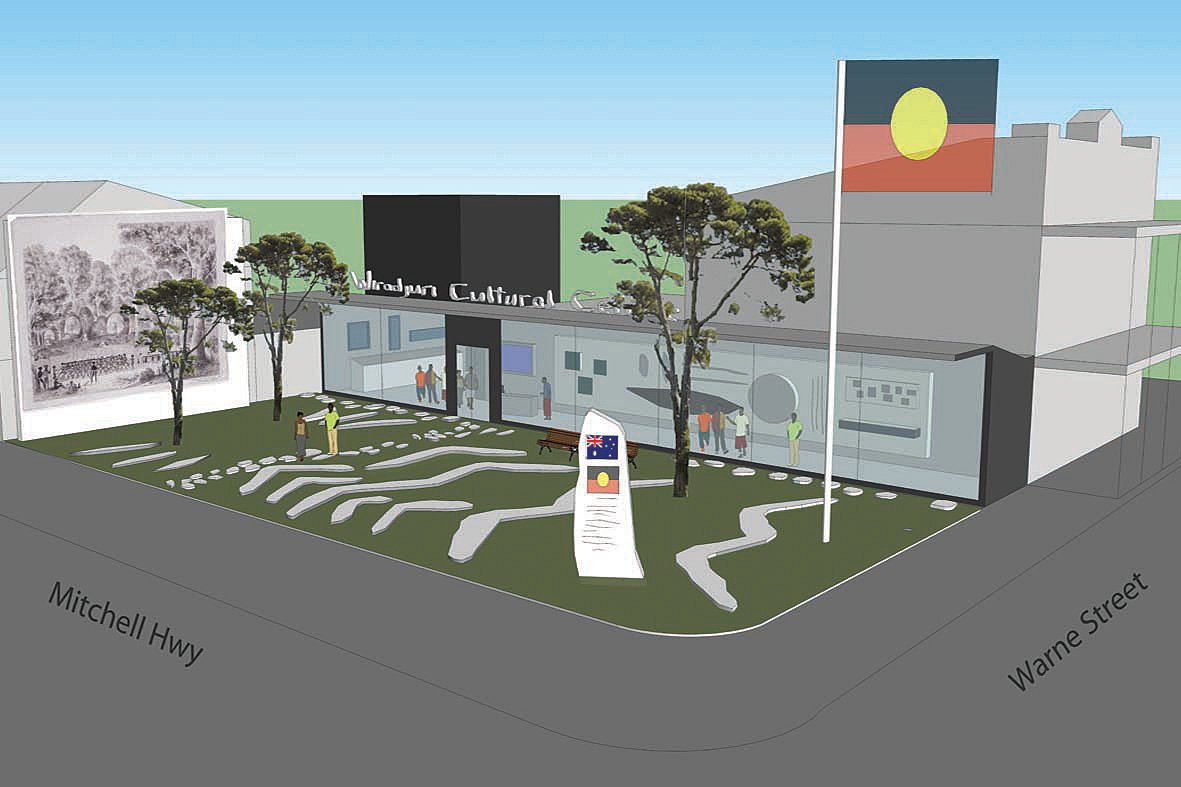2001 – ongoing
Indigenous Engagement
Gallois’ deeper engagement and interest in Indigenous Australians and their culture was kindled by the music of Archie Roach. His album ‘Charcoal Lane’, and in particular his song ‘Native Born‘ challenged Gallois to start seeing Australia – in all its forms – from Indigenous perspectives. As a homage to Roach’s song, in 2001, Gallois created the work Native Born for the National Sculpture Prize that took place at the National Gallery of Australia. The artist statement for Native Born remains an important early articulation of Gallois’ interest in Indigenous perspectives and issues.
A few years later Gallois had the good fortune to meet Auntie Joyce Williams, Elder of the Wiradjuri people of Wellington Valley, located in central NSW. Starting in 2005 Joyce took the time to sit with Gallois and communicate the fuller meaning of myriad issues relating to Indigenous Australians. Ernest Moulton, Gallois’ maternal grandfather, a British migrant, settled in Wellington in 1944. He purchased the local paper, the Wellington Times, and as its editor was a prominent conservative voice in the community for the next 21 years. Joyce and Ernest lived in the same town, but identified with different communities separated by informal and formal systems of racial apartheid.
Gallois’ discussions with Auntie Joyce inspired the Wellington Projects consisting of a publication and a series of research-based interpretive artworks. Country, Spirit and Belonging: The Wiradjuri in Wellington Valley is a 64-page newspaper-style ‘book’ featuring contributions by and perspectives on the local Aboriginal community as a gesture toward writing their narratives back into the recorded history of the area (central NSW). Taking form as an historical analysis, To Move Forward To Destiny of Full Equality: The Wellington Times 1944–1965 features a series of twenty-one front pages of the Wellington Times selected for their rare reference to the Aboriginal communities of the region. The Wellington artworks were exhibited at Artspace Sydney and Western Plains Regional Centre, Dubbo in 2013 and the Centre for Contemporary Photography, Melbourne, in 2014.
For the 2013 Mildura Palimpsest Biennale Gallois was commissioned to create The Sunraysia Daily 1966 – 1974. The work shares formal and conceptual strategies with To Move Forward To Destiny of Full Equality: The Wellington Times 1944–1965. The Sunraysia Daily 1966 – 1974 documents key articles relating to Aboriginal affairs and race relations in Mildura’s local paper, The Sunraysia Daily, between 1966 –1974. To coincide with the launching of the Mildura Biennale 7,500 copies of the artwork were printed and distributed for free as an insert into The Sunraysia Daily on Friday, 4 October, 2013.
Working with and assisting the Wellington Wiradjuri Cultural Centre working group, Gallois helped research and draft the Wellington Wiradjuri cultural tourism initiative grant application to The RESTART NSW: Cobbora Transition Fund across 2013 -14.
In 2017, Gallois completed a PhD on the Aboriginal Flag. Gallois’ thesis is the first full-length academic study of the Aboriginal Flag and was awarded Power Publications’ Dissertation Prize for Indigenous Art Research in 2018.
In 2018 Gallois led a group of University of Technology interior design students on a semester-long design studio titled The Caged Trees of the Central West. The studio required students to conceive site specific, culturally appropriate, design solutions for the preservation of Aboriginal cultural artefacts in the landscape, within appropriate processes of cultural engagement and consultation across cultures.
ANU Publishing is publishing Gallois’ book The Aboriginal Flag in 2024.
The Caged Trees of the Central West (2018)
PhD on the Aboriginal Flag (2017)
Wellington Wiradjuri Cultural Centre (2014)
The Sunraysia Daily (1966 – 1974). (2013)
To Move Forward To Destiny Of Full Equality The Wellington Times 1944 – 1965. (2013)
Country, Spirit and Belonging: The Wiradjuri in Wellington Valley (2012)





